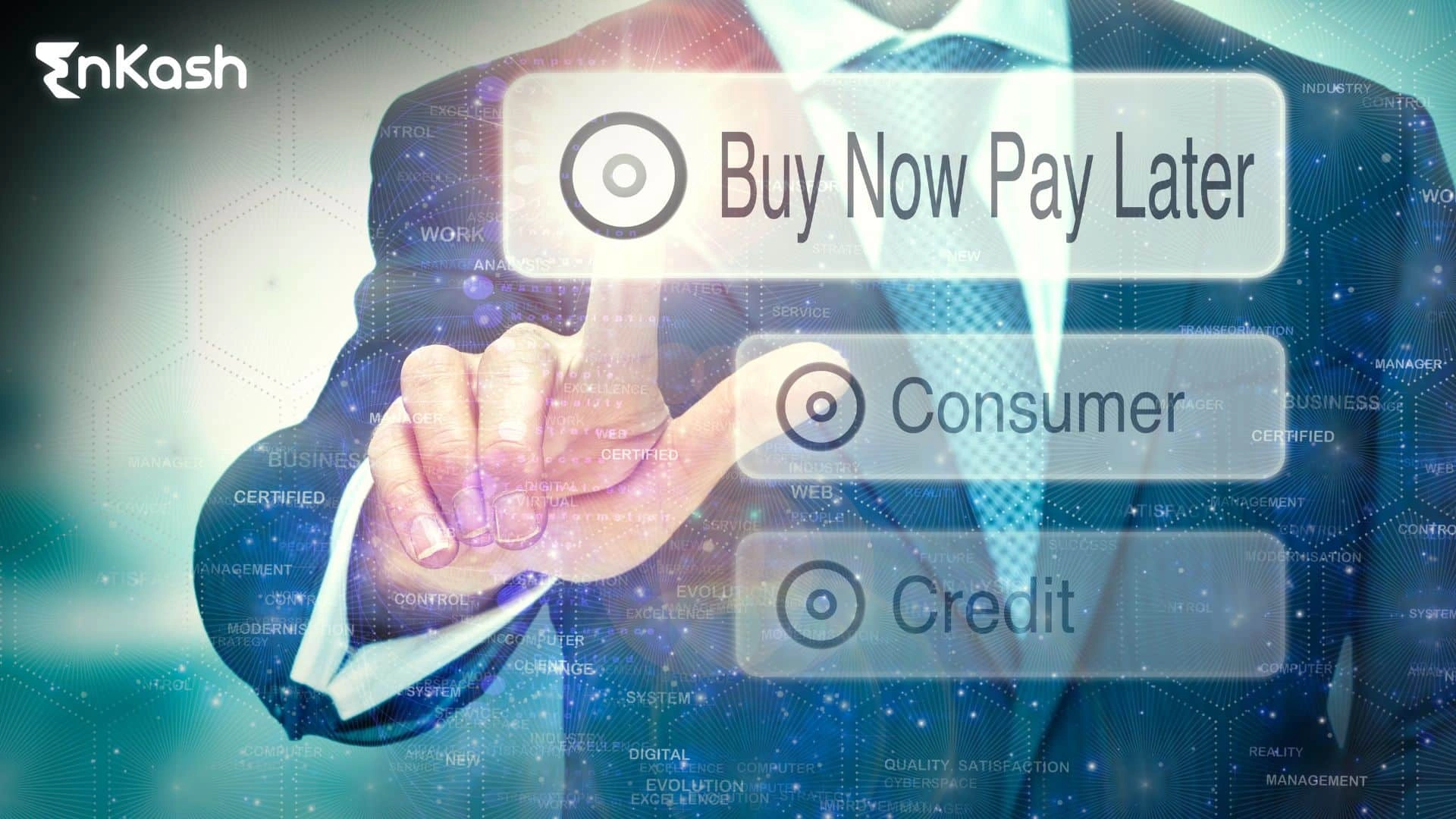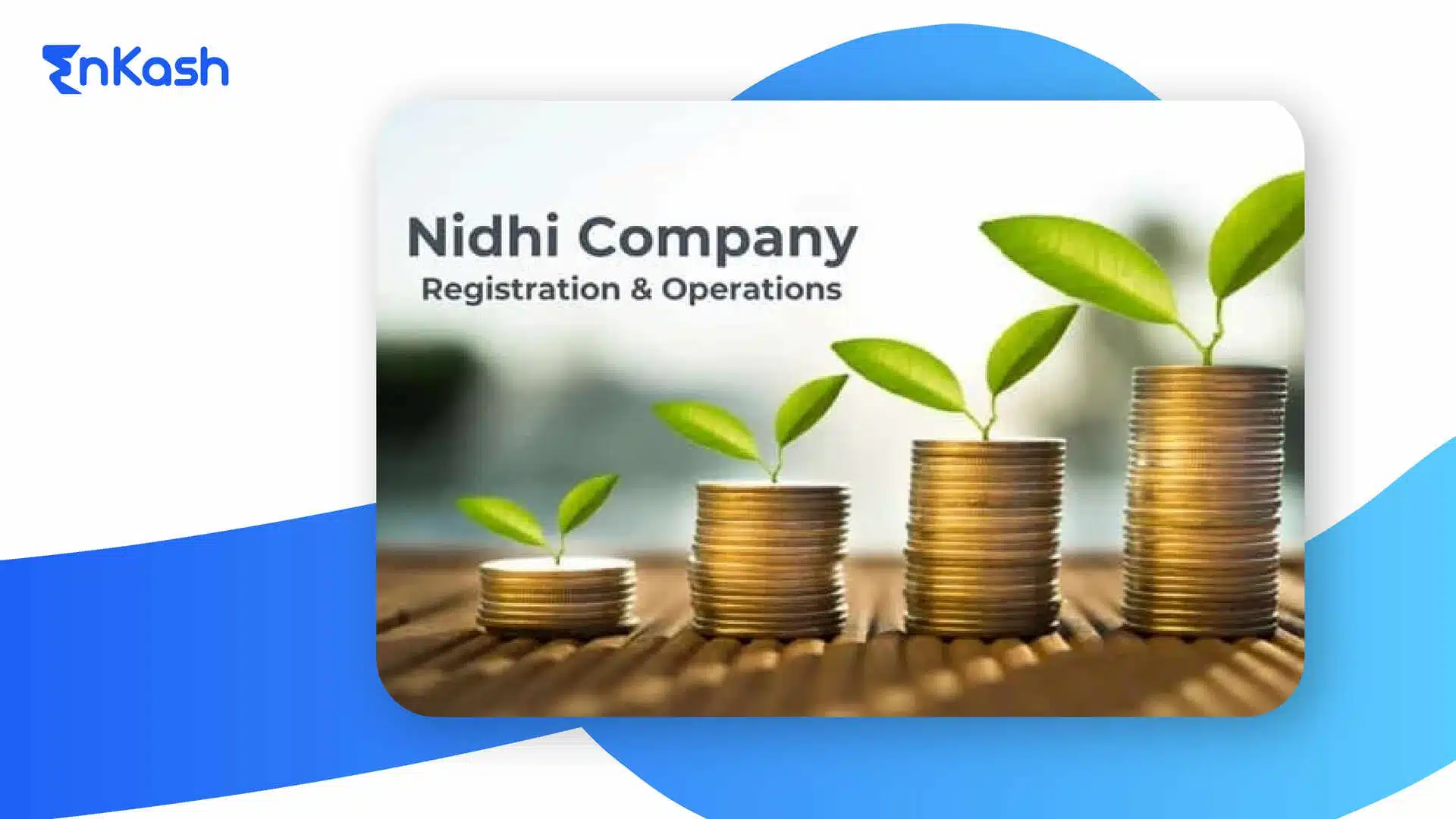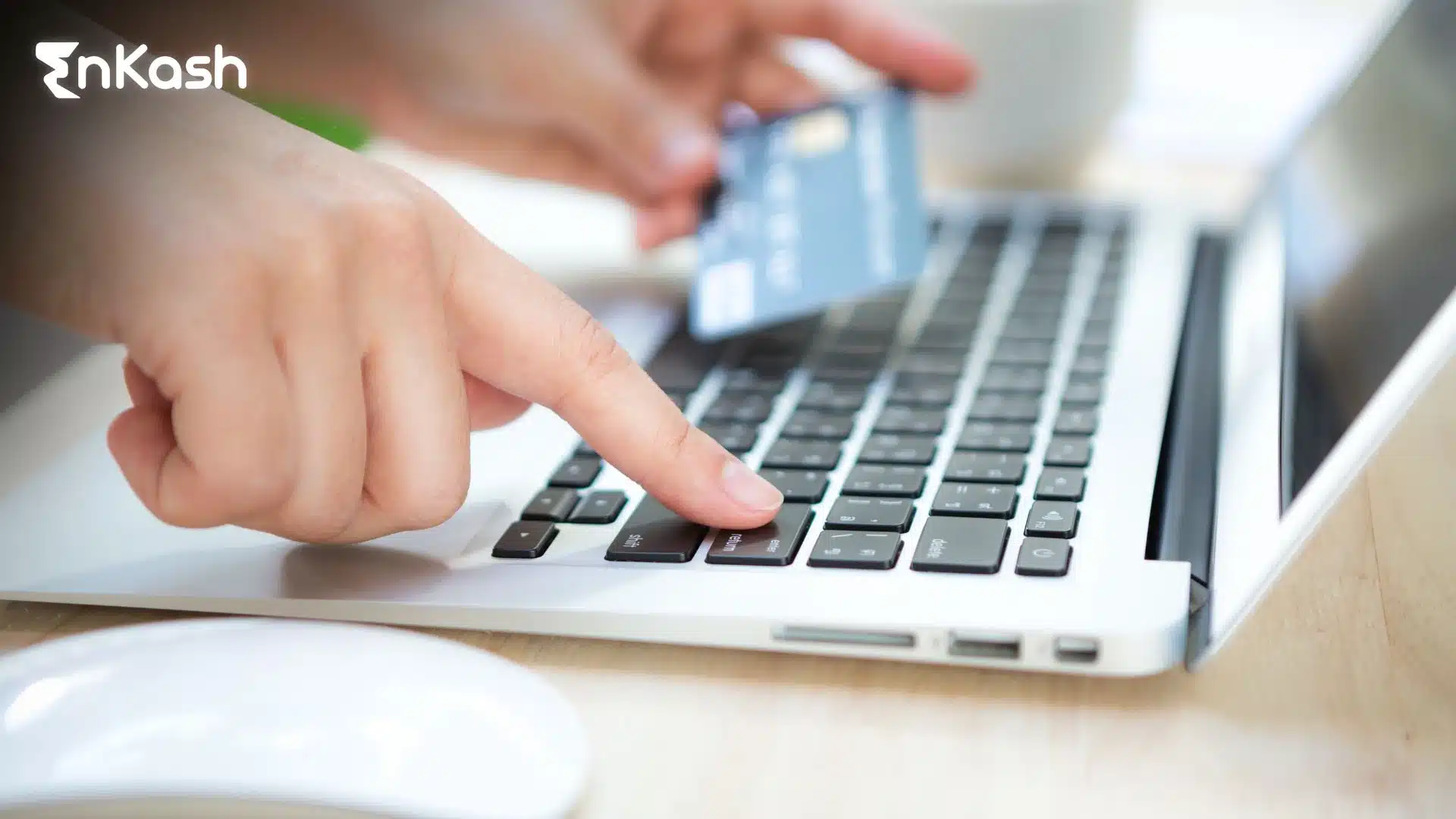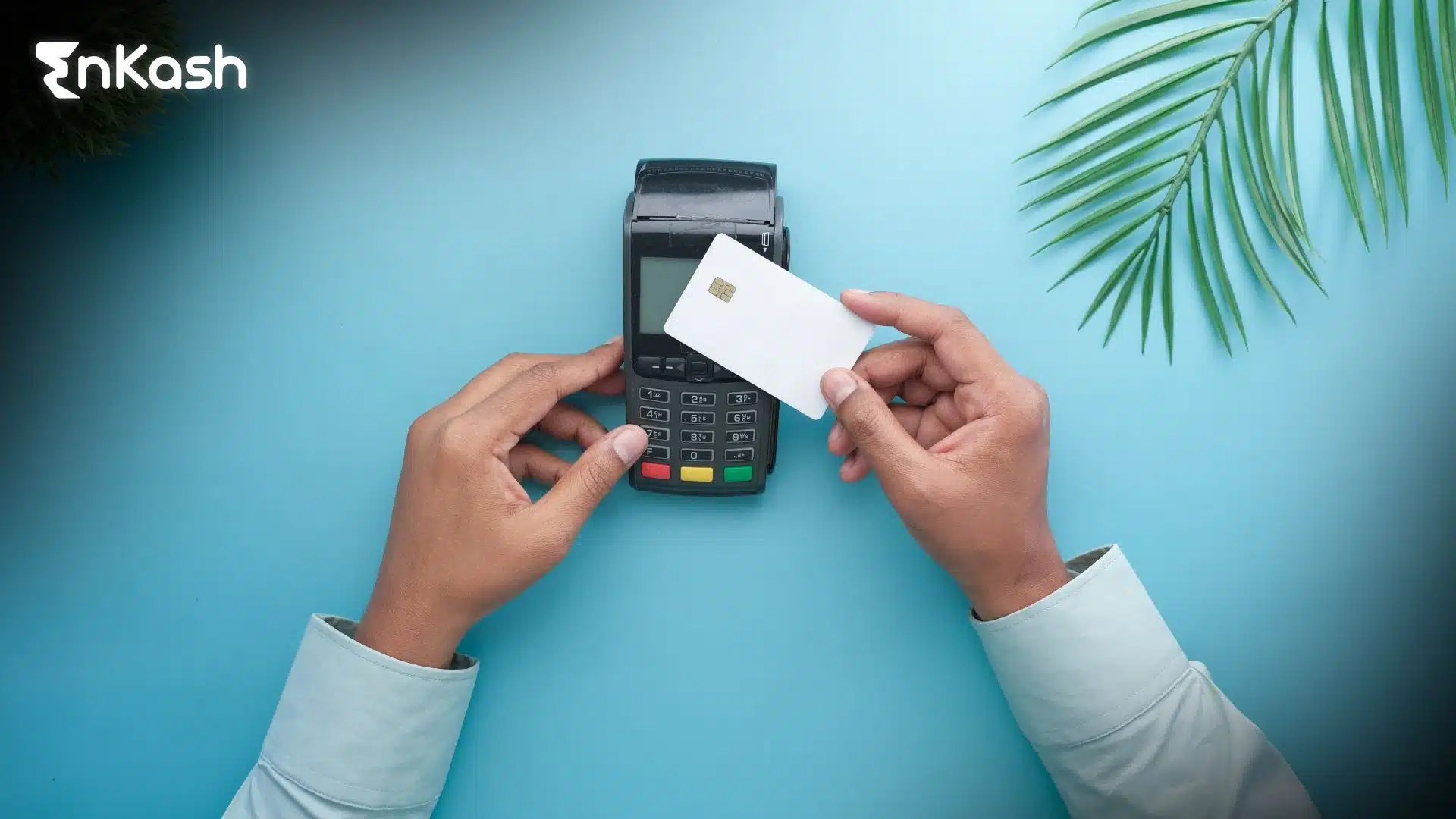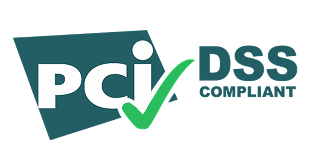The way consumers shop online has changed. People are no longer only looking for products; they are also seeking better payment flexibility. In today’s e-commerce world, one feature that is driving both customer satisfaction and business growth is Buy Now Pay Later integration. It has evolved from being a helpful option to a clear conversion tool.
This payment model allows buyers to divide their total into smaller, manageable parts without needing a credit card. For businesses, it creates a smoother purchase decision. When shoppers know they can split payments without interest or commitment, they are more likely to proceed with higher-value items or add more to their cart. The effect is measurable. Online retailers have seen clear growth in average order value and checkout conversions when they enable Buy Now Pay Later for customers.
Younger buyers, especially between the ages of 20 and 35, are leading this shift. They prefer payment options that are quick, flexible, and easy to use. Traditional credit is no longer their first option. Instead, they are opting for short-term payment systems that give them control without creating debt. That is where BNPL services offer real value. They help customers get what they need now while staying within budget.
For online stores, this demand presents a strong opportunity. Retailers across different sectors, from fashion to electronics, are adopting BNPL to keep up with market shifts and increase sales. When managed well, a Buy Now Pay Later integration meets both business goals and customer needs. It helps reduce cart abandonment and makes checkout more attractive for hesitant buyers.
In simple terms, BNPL is not just a trend. It is a powerful tool for online growth. Stores that move early and build smart strategies around this option can benefit from higher conversions and long-term brand loyalty.
Read more: Demystifying Buy Now Pay Later Using Purchase Cards
Mapping the BNPL Infrastructure for E-Commerce Success
Before adding BNPL to your store, it is important to understand how the system works from the ground up. A typical BNPL for e-commerce setup involves three main components: the merchant’s online store, a payment gateway, and a BNPL service provider. All three must connect smoothly to give the buyer a fast and secure experience.
The provider is the company offering the BNPL solution. Each provider has its own method of processing requests, evaluating customers, and settling payments with the merchant. Some specialize in specific markets, while others offer broader coverage. Your choice of provider should match the market you serve.
The payment gateway is the middle layer that connects your store to the BNPL provider. Its job is to make the communication secure and real-time. This is where BNPL payment gateway integration comes into play. It ensures that payment details, buyer information, and order summaries move between systems without errors or delays.
Finally, the online store must be prepared to support different BNPL interfaces. Some providers offer ready-to-use plugins compatible with common website platforms. Others use a more technical setup where the merchant’s team needs to create custom flows using API calls. Depending on your technical capabilities and business size, you can choose a plugin, widget, or a full BNPL integration via API.
Understanding these connections is the first step in making informed choices. The better aligned your store is with the BNPL provider’s system, the smoother the customer experience will be. That also means fewer errors, faster approvals, and more conversions. Getting this setup right from the beginning ensures a solid foundation for your future checkout success.
Read more: What is a Payment Page? Importance, Design, and Best Practices
Setting the Foundation: Picking the Right BNPL Solution
Choosing the right BNPL partner can directly impact how well your store benefits from this payment option. Not every provider fits every business. Your decision should be guided by what your store sells, who your buyers are, and how much control you want over the integration process. Below are the key things to consider before finalizing your BNPL provider.
Understand your business model first
Identify whether your store deals in high-ticket items, impulse buys, or recurring purchases. This helps you decide which type of BNPL plan best suits your customers. Not all providers offer the same payment terms.
Check provider reach and customer base
Choose a BNPL company that operates in your target region. If your customers are mainly in Europe, Klarna might be a good fit. If you sell mostly in India, check for providers approved under RBI guidelines.
Review the technical fit
Some platforms offer plugins for major CMS systems. Others rely on direct Buy Now Pay Later integration through APIs. Know what your development team is comfortable handling.
Look into merchant fees and settlement structure
Understand the cost you will bear for offering this service. While some providers charge a flat rate, others take a percentage of the transaction. This affects profit margins.
Compare customer approval process and limits
A smoother buyer approval flow often leads to higher usage. Find out how each provider checks credit or risk profiles.
Explore support and issue handling
Good post-launch support is essential. Look for a provider that offers clear documentation and live technical help during onboarding.
Evaluate total ownership cost
If you’re outsourcing setup, look into affordable BNPL integration services. Consider long-term maintenance, upgrade costs, and customer support when calculating value.
Selecting the right solution is not only about features. It’s about alignment with your store’s needs and customer expectations. Getting this choice right means fewer problems during rollout and stronger gains once the system is live.
Building BNPL into Your Checkout: A Step-by-Step Guide
Once you have selected the right BNPL provider for your store, the next step is implementation. The process involves multiple stages that connect your website, payment system, and the provider’s platform. Each step must be handled with care to ensure a smooth and secure transaction experience. Below is a complete walkthrough to help you with the integration process.
Step 1: Create a Merchant Account
To begin, register your business with the selected BNPL provider. You will be asked to submit documents such as your business license, tax ID, bank details, and website information. After approval, the provider will share credentials, access tokens, and documentation to help you start the Buy Now Pay Later integration.
Step 2: Build the Payment Session
The next step is to create a payment session through the provider’s interface. If you are using BNPL API integration, this involves sending a secure call to the provider’s server. You must include order amount, item details, currency, billing and shipping addresses, and redirect URLs. This session is where the actual checkout journey begins for your customer.
Step 3: Display BNPL on Checkout
There are two options to offer BNPL: embedding a widget or redirecting to the provider’s hosted page. If you use a widget, it appears directly on your checkout page and keeps the buyer on your site. If you go with redirect, the buyer is taken to a secure external link where they complete the transaction. Both methods require clear labeling and smooth UI. This step is essential to enable Buy Now Pay Later for customers in a way that feels trustworthy and easy.
Step 4: Authorize and Capture the Payment
Once the buyer selects BNPL and agrees to the terms, the payment is authorized. Depending on the provider, funds may be captured immediately or delayed until you confirm shipment. Your system must be configured to call the provider’s API once the capture is initiated. This protects both you and the customer during the fulfillment process.
Step 5: Set Up Refunds and Webhooks
After the order is placed, you should prepare to handle possible refunds, cancellations, and order disputes. Webhooks allow your system to receive real-time updates from the BNPL provider about payment status, customer changes, or errors. This is a vital part of the Buy Now Pay Later API flow, as it keeps your store synced with provider actions.
Each of these steps must be tested before going live. Most providers offer sandbox environments where you can simulate the entire process. This ensures all transactions are secure, functional, and easy to manage once customers start using the feature.
Integrating BNPL is a one-time task, but it creates lasting benefits for your store. By following these steps carefully, you set up a stable, scalable solution that improves checkout and supports growth.
Read more: Top Metrics to Track Payment Gateway Performance
Choosing Between Widgets, Plugins, and Full API Control
When it comes to offering BNPL in your store, how you integrate it can be as important as the provider you choose. There are three main paths available: using a ready-made plugin, embedding a payment widget, or building a custom solution through full API access. Each has its advantages and is suited to a specific business setup.
Plugins are the simplest to install
Many e-commerce platforms support BNPL through built-in extensions. These plugins are easy to configure and do not need developer resources. For small businesses or those new to digital payments, this is often the fastest way to launch a Buy Now Pay Later integration.
Widgets offer more flexibility and branding control
A widget is a small code snippet that you embed in your checkout page. It displays payment options directly to your customers without leaving your site. Widgets are ideal for growing brands that want more control over their design while still using provider-managed payment flows.
Full API integration gives complete control
If you want full ownership of the payment journey, BNPL API integration is the way forward. You handle session creation, authorization, capture, and refunds through direct API calls. This method suits stores with an in-house tech team and a need for deep customization.
The choice depends on your business size, technical capacity, and how much control you want over the payment experience. Getting this part right sets the tone for a stable and secure checkout journey.
Optimizing the User Experience Around BNPL Offers
Once you integrate BNPL into your store, the next important step is making sure your customers can use it without confusion. The way you display and explain this payment option has a direct impact on how many shoppers take advantage of it. A smooth and well-placed experience builds confidence and drives more completed purchases.
Here are the key things to focus on:
- Make BNPL visible across key touchpoints
Add banners or labels on product pages, cart views, and at checkout. Customers should see the option before they decide to buy.
- Use clear and friendly messaging
Instead of just listing it as a payment method, explain what it offers. Let buyers know they can pay in parts or delay payment. This helps them feel more comfortable.
- Ensure it works smoothly on mobile
A large share of online shopping happens on phones. Ensure your BNPL section is easy to tap, read, and navigate without excessive zooming or scrolling.
- Avoid clutter around the BNPL prompt
Do not crowd the BNPL message with long terms or too many icons. Keep the focus on how the offer helps the buyer.
- Link to helpful explanations
Offer a simple popup or FAQ that explains how BNPL works. This makes the feature more accessible and removes doubt.
When you enable Buy Now Pay Later for customers in a clean and thoughtful way, you improve both their confidence and your store’s sales outcomes.
Also read : Best Practices for Payment Gateway UI/UX Design
Addressing Legal, Security, and Policy Requirements
Adding BNPL to your store is not only about technology and design. It also involves handling sensitive information, following financial regulations, and meeting platform-specific rules. Ignoring these areas can lead to delays, penalties, or customer trust issues. Below are key points you need to consider before going live.
- Use secure communication channels at all times
Make sure your checkout pages and API calls run on HTTPS. This protects customer data and keeps payment details safe during transmission.
- Follow personal data protection standards
If your BNPL flow collects information like addresses or ID numbers, it must follow privacy laws. This may include regional laws such as GDPR or data policies in your country.
- Respect buyer consent and transparency rules
Let customers know when and how their information is shared with the BNPL provider. This is part of building trust and staying compliant.
- Understand regional financial guidelines
If your store operates in countries with digital lending laws, your BNPL process must meet local standards. These rules may include caps on late fees or buyer eligibility criteria.
- Implement provider-specific KYC and risk checks
Most services require some level of Know Your Customer (KYC) verification. Your system should support this step without slowing down the checkout flow.
- Avoid storing sensitive data on your own servers
Use tokens or provider-managed storage when possible. This reduces your compliance burden and keeps your system lightweight.
Every Buy Now Pay Later API or plugin comes with its own set of rules. Read the documentation closely and test for compliance before launch. A secure and compliant system protects your business and builds long-term trust with your customers.
Is Your Store Ready for BNPL?
Adding BNPL to your store is more than a technical task. It is a business move that can unlock better customer experiences and stronger sales performance. From setup to daily operations, every part of the process should be planned with care. A well-executed system not only builds trust with buyers but also supports your growth targets.
If your team is clear on your audience, knows how to manage payment workflows, and has checked off the legal and design requirements, then your store is likely ready. Start with testing, review all API flows, and make sure the integration does not interrupt the checkout journey.
Most importantly, focus on your customer. Use simple prompts, offer clear terms, and give them the confidence to choose flexible payments without confusion.
When you align your team, your tools, and your message, a Buy Now Pay Later integration can become a strong advantage. It helps you stand out, compete with bigger brands, and meet the rising demand for flexibility in online shopping.
If you are wondering how to add BNPL to an eCommerce store the right way, now is the time to start testing your options and build a system that works for both your business and your buyers.
FAQs
- Can BNPL be used for digital products or services?
Yes, many BNPL providers support digital goods and services. However, approval depends on the provider’s policy. For a smooth Buy Now Pay Later integration, make sure your product category is supported during onboarding and session creation. - Will BNPL affect how I manage refunds and cancellations?
Yes, refunds must be communicated to the BNPL provider through your platform or API. For a reliable BNPL API integration, always test refund triggers and webhook flows to ensure real-time updates and accurate customer notifications. - Do BNPL options work with guest checkout users?
Yes, most BNPL providers allow guest checkouts. However, basic customer details like name, contact, and address are still required. This applies whether you’re using a widget, plugin, or full Buy Now Pay Later API setup. - Is BNPL integration possible with headless eCommerce setups?
Absolutely. Headless setups often rely on direct APIs, making them a good match for BNPL API integration. You can control placement, behavior, and flow while keeping performance optimized across devices. - How does BNPL impact cash flow for my business?
Most BNPL providers pay merchants upfront, minus their service fee. You don’t have to wait for the customer’s payment schedule. This is one reason Buy Now Pay Later integration is attractive for growing stores. - Can I offer multiple BNPL providers at the same time?
Yes, it’s possible to offer more than one provider at checkout, especially through platforms that support multi-gateway setups. This requires advanced configuration and a flexible BNPL payment gateway integration model. - What happens if a customer misses a BNPL payment?
The provider handles the collection process. Merchants are usually not affected unless the transaction is flagged. Still, your BNPL for e-commerce setup should display clear terms and conditions to manage expectations. - Does adding BNPL increase transaction fees?
Yes, transaction fees for BNPL are often slightly higher than standard card payments. Compare providers and calculate the impact before finalizing your Buy Now Pay Later integration plan. - Is there a minimum order value required for BNPL?
Yes, most providers set a minimum and sometimes a maximum order value for eligibility. Your BNPL API integration should include checks to ensure the order falls within the approved range. - Do I need to update my privacy policy when adding BNPL?Yes, your privacy policy must mention how customer data is shared with third parties. Any Buy Now Pay Later integration that involves customer identity checks or credit evaluation requires full transparency.

